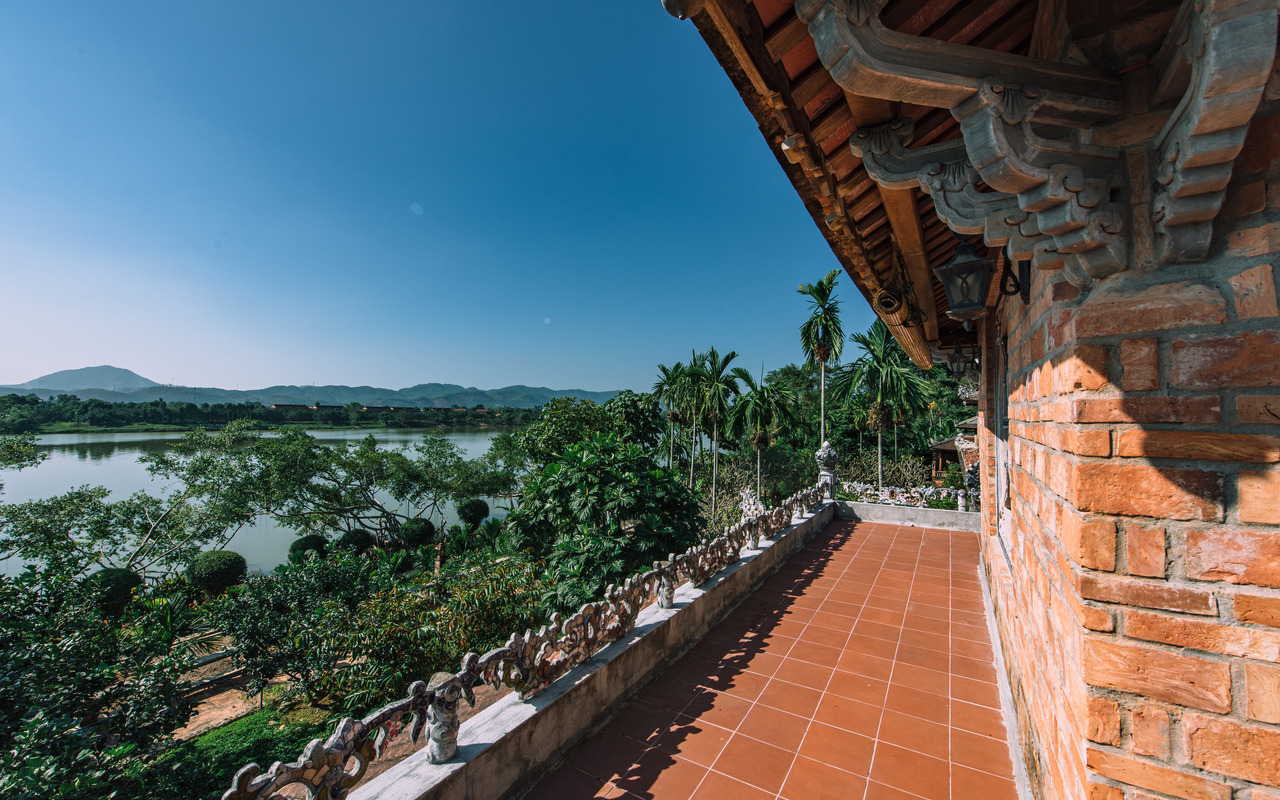
It’s early evening and the gentle waters of Hue’s tree-fringed Perfume River reflect a clear half-moon.
Resting on the pristine riverbank is Ben Xuan Garden House Theatre, flaunting imperial architecture emblematic of the city’s history as Vietnam’s last royal capital. Wooden pillars support a tiled roof dotted with mythical creatures shaped by shards of broken porcelain and pottery – examples of artisanal mosaic art that also adorns Hue’s royal palace.
Within the central structure, Camille Huyen, Ben Xuan’s co-owner and designer, steps onto a makeshift stage enrobed in a crimson ao dai (long tunic). She bows with royal grace and a string quartet begins strumming traditional instruments. In a deeply hypnotic voice, Huyen starts singing an interpretation of Hue’s native royal chamber music, serenading a gathering of some 20 local officials, intellectuals and artists. The event is the Autumn Concert for the Perfume River, the last in a trio of concerts arranged in 2019 by Huyen and her husband, Truong Dinh Ngo.
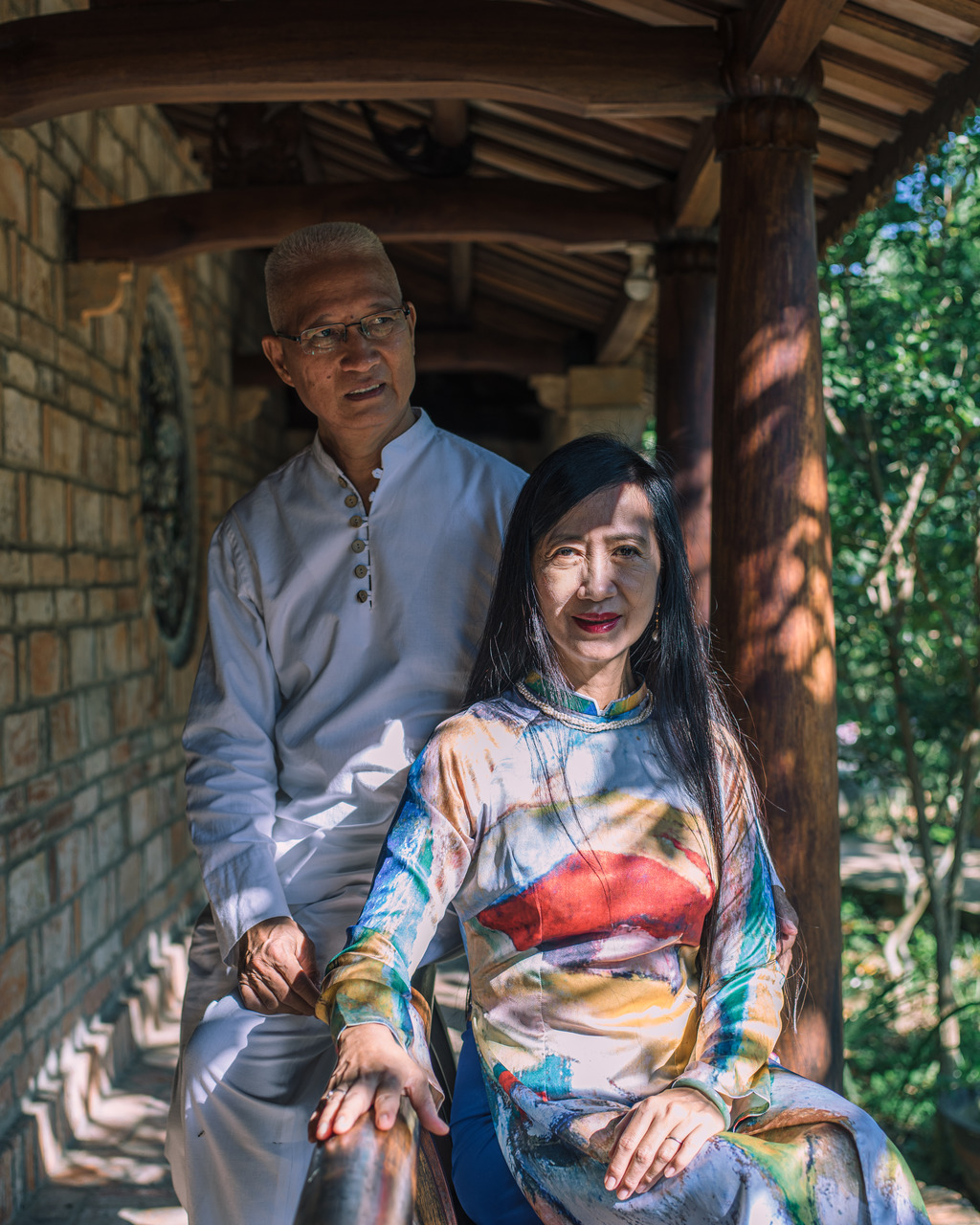
According to the local Department of Tourism, most visitors still only spend one or two days in Hue, 100km north of Danang, opting to focus almost exclusively on the Imperial City and the royal tombs. This is a shame, laments Ho Chi Minh City-based British historian Tim Doling and author of Exploring Hue: Heritage of the Nguyen Dynasty Heartland, a 2018 guide that encourages visitors and locals to explore beyond the major sites. “Hue is special because of the sheer breadth of physical heritage which remains – the relics, temples, houses, tombs – much of which hasn’t been touched by tourism,” Doling says.
“Foreign tourists’ awareness of Hue is still minimal, and this isn’t helped by local agents that overlook the city’s quiet charms,” adds Hue resident Phan Trong Minh, general manager of the Azerai La Residence, the city’s premium heritage hotel. After having worked in tourism for over a decade, Phan is keen for the city to realise its potential. “With new cultural and tourism projects, such as Ben Xuan Garden House Theatre, I believe that people will start seeing Hue in a new light,” he says.
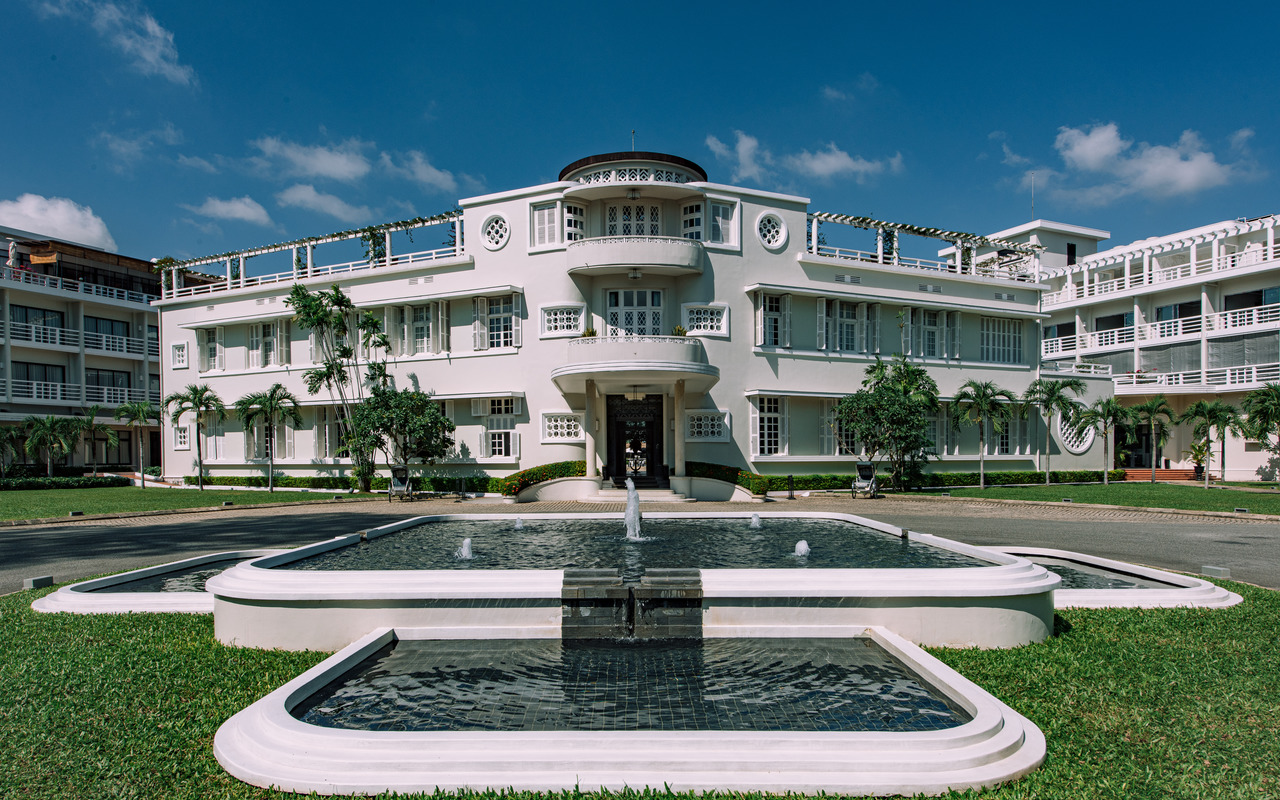
Ben Xuan sits on the western edge of Hue, an area known for century-old garden houses like An Hien and Xuan Vien Tieu Cung. With a lush garden and idyllic ponds, Ben Xuan shares many of the same features as the neighbourhood’s ancient buildings, though with notable royal flourishes such as the mosaic-adorned rooftops. And yet it was only completed in March 2017.
Huyen, a descendent of Minh Mang, the second Nguyen dynasty emperor, was born in Hue and at 19 moved to Paris to study at university. In France, she met Truong Dinh, a banker working in Switzerland but born in the neighbouring province of Quang Tri, and decided to devote her life to the arts after marriage. Together, they spent years and not an insignificant amount of money salvaging abandoned materials from historic buildings in Hue that were destroyed during the war or lost to redevelopment.
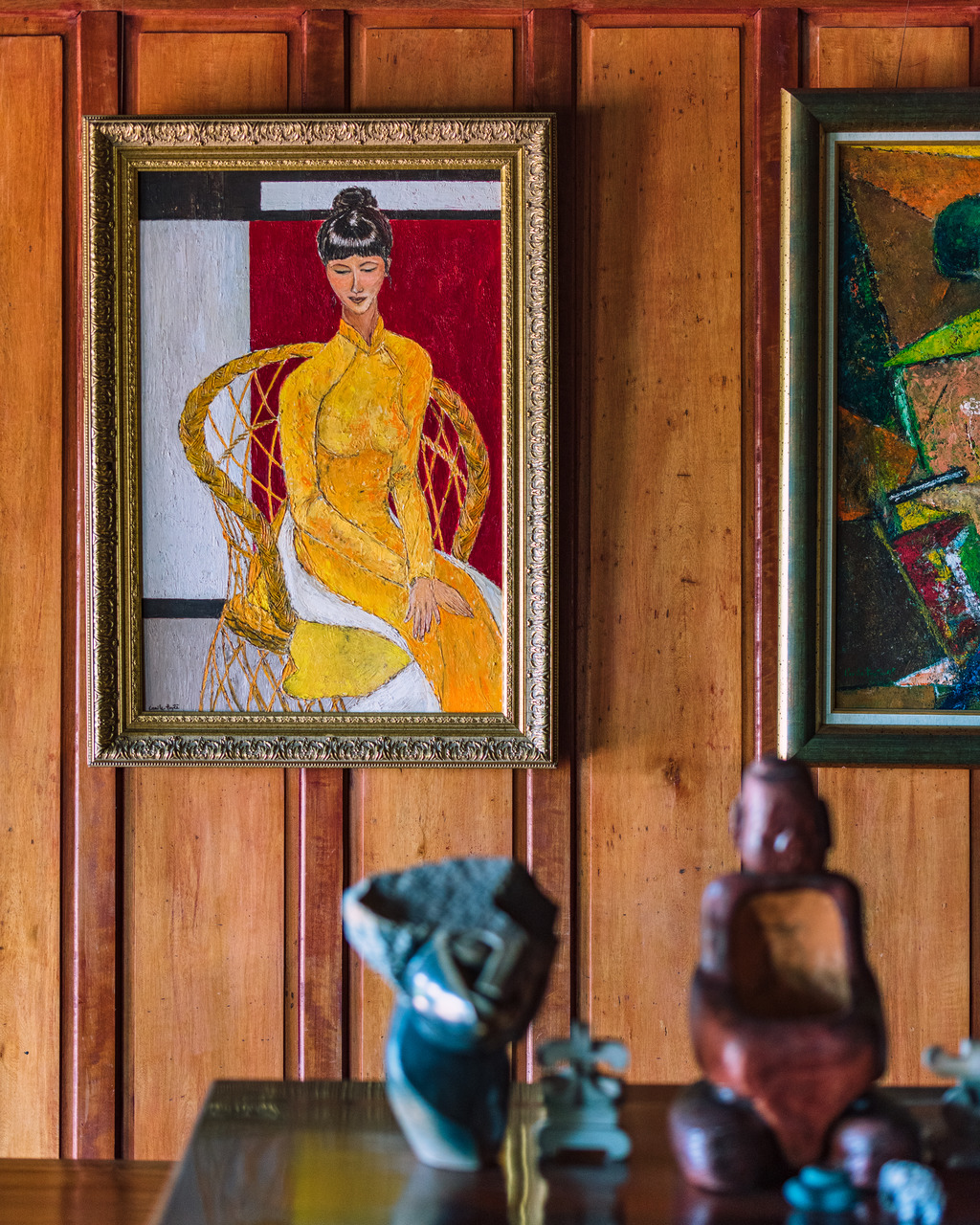
After a decade of collecting century-old bricks from ruins, broken porcelain from shipwrecks and old wood pulled from patrician houses, the couple began construction on Ben Xuan, based on Huyen’s designs and inspired by her royal heritage. Beginning in 2008, the garden house took nine years to complete. And after 40 years spent in Europe, the couple retired, moved back to Hue and opened their new home to welcome high-end travellers.
Visitors can get in touch through the website to arrange private performances while invitation-only concerts – such as Autumn Concert for the Perfume River – showcase the value of Hue’s heritage to the city’s decision-makers. “We invite people from the cultural and tourism departments to show them another way besides mass tourism,” Truong Dinh explains, referencing the explosive tourism growth in nearby Danang and Hoi An. “Hue’s heritage is special and that is what we should promote.”
“People will start seeing Hue in a new light”
Beyond Ben Xuan’s traditional music performances, the couple’s international background lends itself to collaborations with musicians and artists from abroad. Vietnam has a long history of absorbing global influences to enrich its evolving culture, from Chinese Confucianism to French fashion. “For us, heritage is the stream of cultures flowing continually from history into our life of today,” Truong Dinh says. “Heritage can only survive when integrated into the lives of people.”
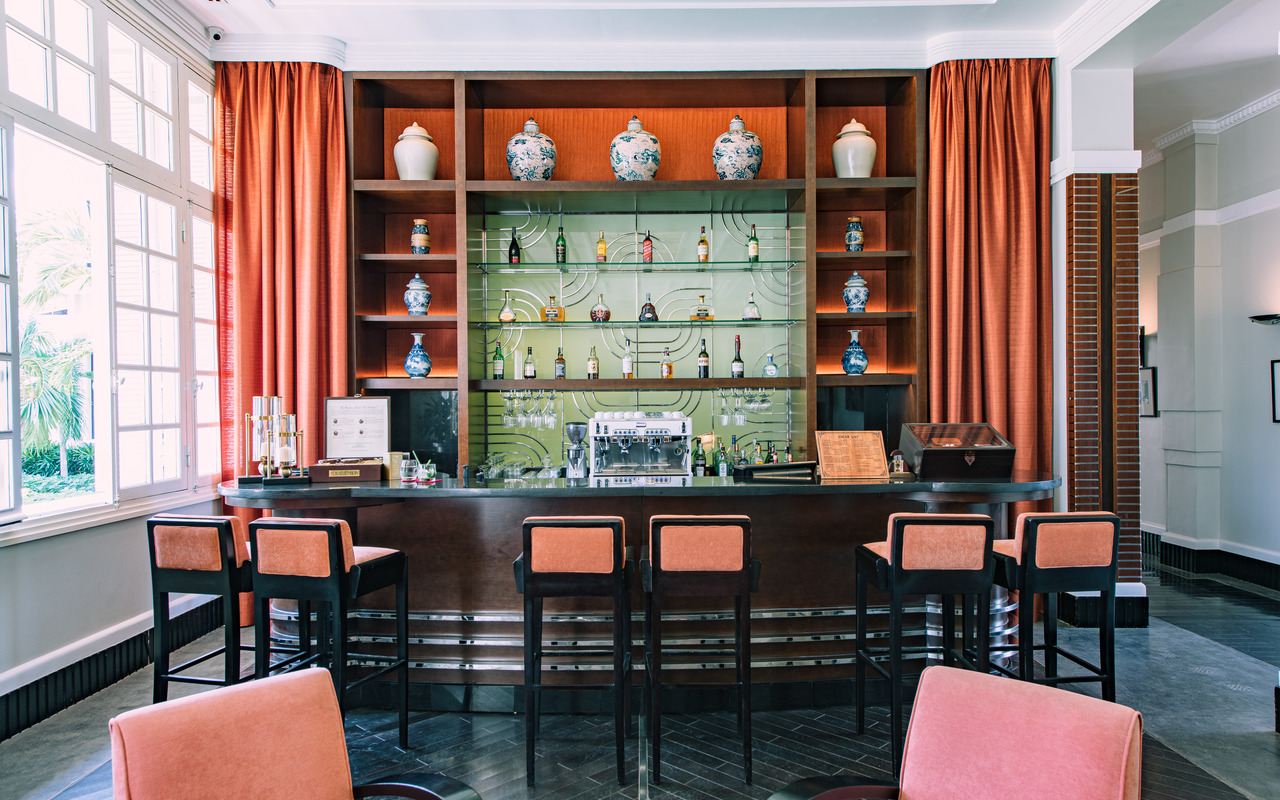
A royal renaissance
Savouring private performances at Ben Xuan comes at a price, but Hue’s rich heritage and cultural offerings aren’t only available to travellers with deep pockets. This April sees the 10th edition of the biennial Hue Festival, which began in 2000 and is one of Vietnam’s most ambitious international cultural events. With entry tickets costing just a few US dollars, the festival is accessible to visitors and locals alike.
During the festival, the 200-year-old Imperial City, Hue’s premier attraction, comes alive with music and performance art. The palace grounds – roughly the size of 35 football pitches – are nestled north of the river and were home to the Nguyen kings until 1945, when Bao Dai, Vietnam’s last emperor, abdicated the throne. The highlight of the festival takes place in the evenings when the Unesco-recognised chambers, gardens, libraries and former administrative buildings accommodate performances from Hue, but also from other parts of the world. This year’s participants include an a capella group from the US, a dance troupe from Russia and a saxophonist quartet from Austria, among others.
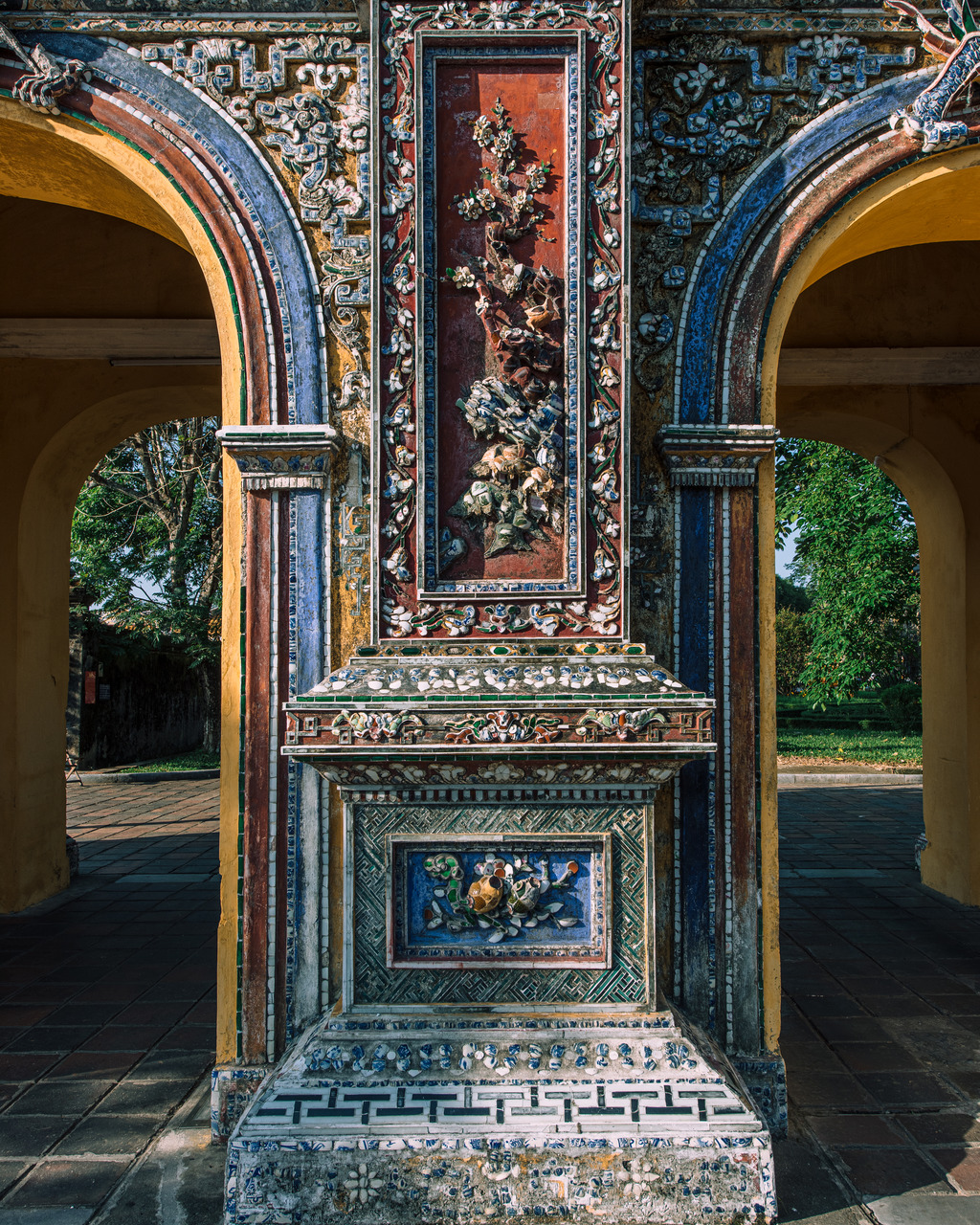
But despite its global reach, organisers have not lost sight of the original purpose. “The main aim of the festival is – and has always been – to preserve and promote Hue’s cultural heritage,” explains Huynh Tien Dat, director of the Hue Festival Centre and a lifetime resident of the city. According to Huynh, the festival attracts foreign dignitaries, preservationists and supporters of the arts, and that helps generate funding for the city.
“Since 2000, there’s been greater attention given to Hue’s heritage monuments, and donations from international organisations for preservation projects has increased,” Huynh says. “It has also enabled opportunities for local artists and artisans to showcase our heritage to an international audience.” This year, performance groups from the Hue Academy of Music and the Hue Traditional Royal Theatre of Art will take to the stage.
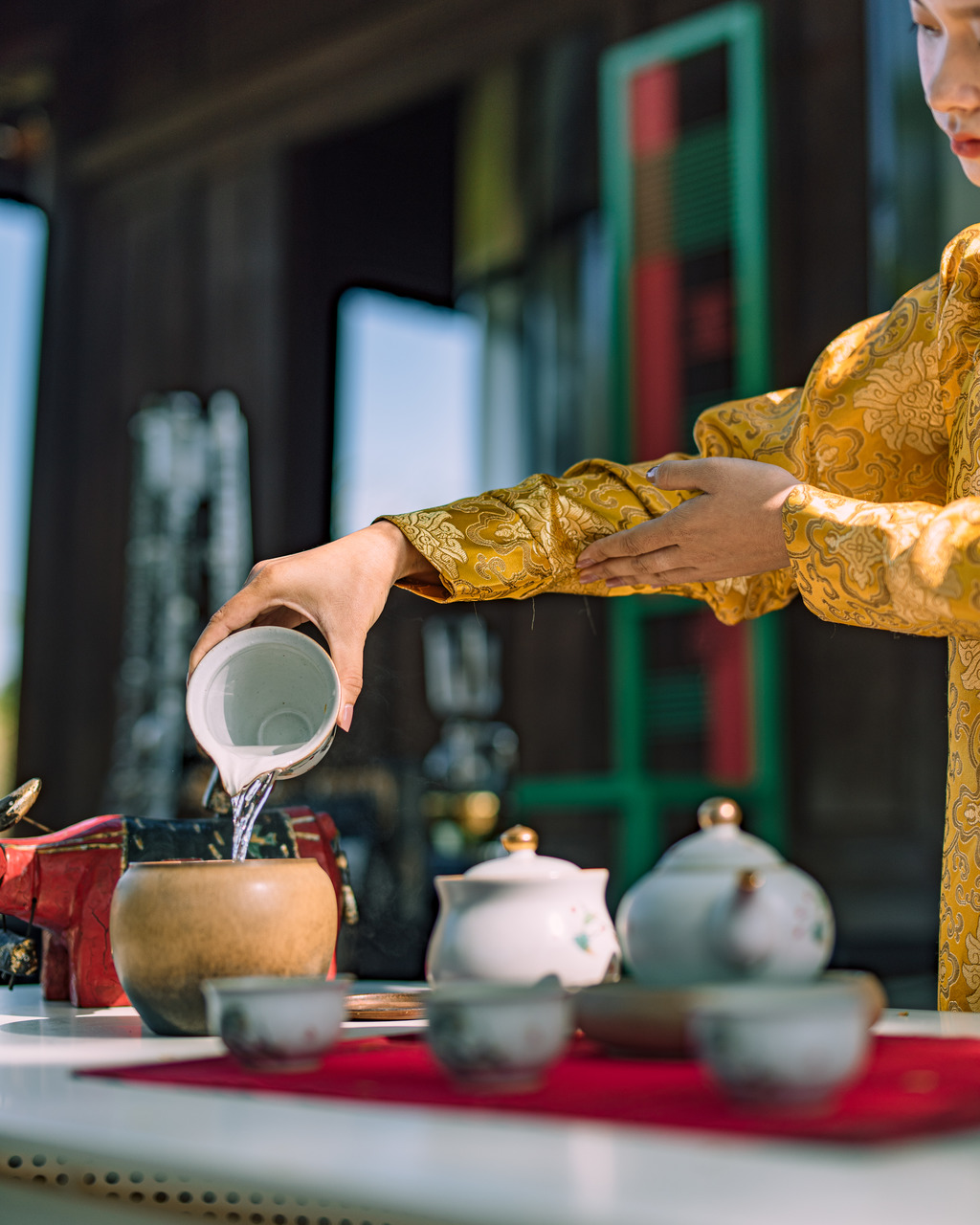
Preserving artisanal crafts
While the palace grounds are propelled into the spotlight every two years, a permanent project breathes life into a small corner of the palace grounds throughout the year. The Mosaic of Hue opened in April 2019 on the east watchtower, one of the many buildings that was destroyed during the war and then rebuilt. A cultural space that organises events such as monthly exhibitions and tea ceremonies for visitors to the Imperial City, The Mosaic of Hue is focused on recreating the customs of the past.
“We put in a lot of research to offer authentic Nguyen dynasty tea ceremonies,” says CEO Le Thu Hoai. Besides enjoying tea ceremonies, visitors can browse the gift shop, which offers exquisite artisanal products such as lacquer paintings and boxes, hand-painted fans and bold silver and gold jewellery pieces. Le, a Hanoian who fell in love with Hue on her first visit in 2016, carefully sources each product from Hue’s most skilled artisans.
“The artists and artisans used to just work by themselves, but this project has helped them connect to each other and show their skills to the world,” Le explains. “Each artist has an important story to tell and having a space like this helps keep that story alive.”
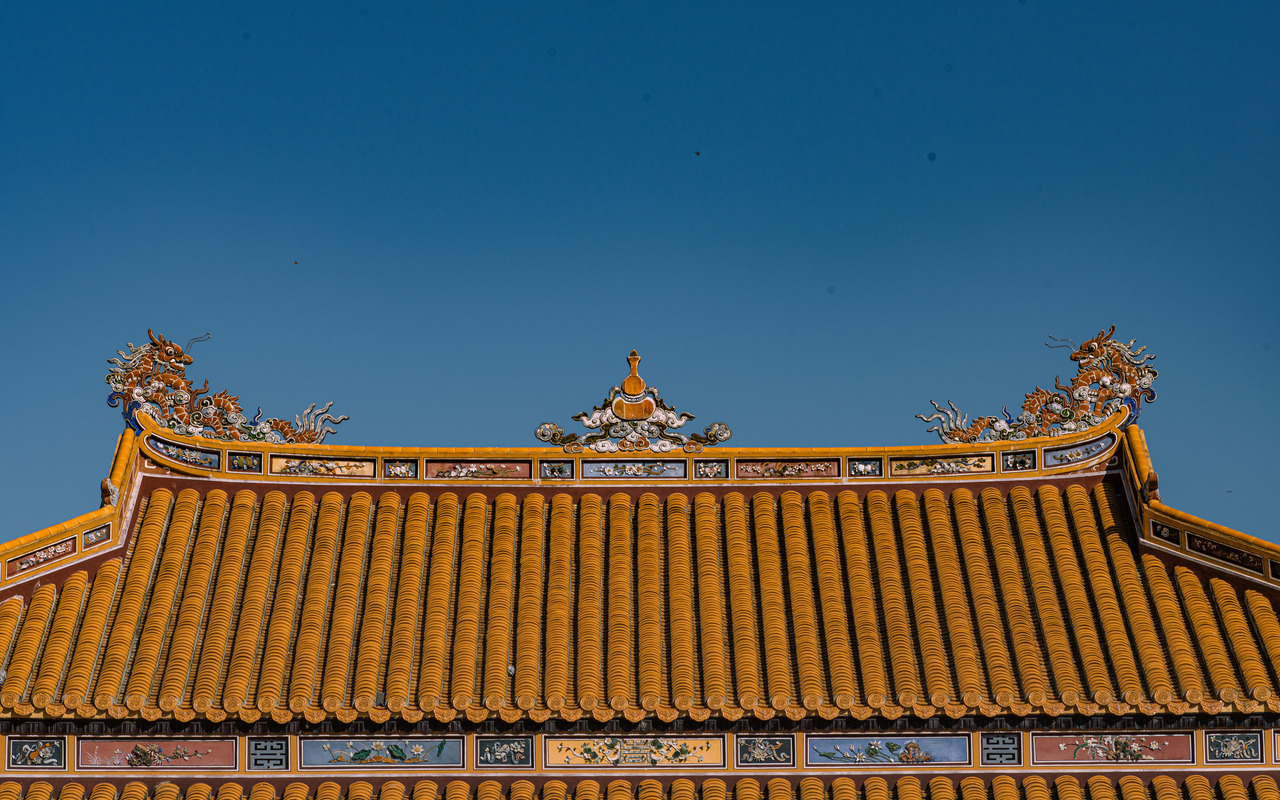
A home for the arts
Also keeping stories alive is Lebadang Memory Space, a modern art gallery celebrating the life and works of Le Ba Dang, an acclaimed artist from neighbouring Quang Tri province. The 16km2 area, which opened in April 2019, supports 2,700 different trees and plants. Its spacious one-room gallery houses the French-educated artist’s most prized works, including paper art, watercolours, oil paintings, sculpture, tapestries and jewellery. Lebadang Memory Space sits south of the city among Hue’s royal tombs, enormous outdoor Unesco-recognised resting places built for – and by – the kings of the Nguyen dynasty.
“Look how the trees dance in the wind,” exclaims Hue local Le Cam Te, director of Lebadang Memory Space, as she gleefully points out the swaying forest that envelops the expansive garden. Le (no relation to Le Ba Dang), also an artist, began working with Le Ba Dang after he attended one of her exhibitions in 2002. After his death in 2015, she moved to extend that legacy and honour his wishes for a garden art space in the Hue countryside. She gathered the investment from his family, collectors and other lovers of the artist’s work and then invited his wife, Myshu Nguyen-Le, to consult during the design and landscaping process.
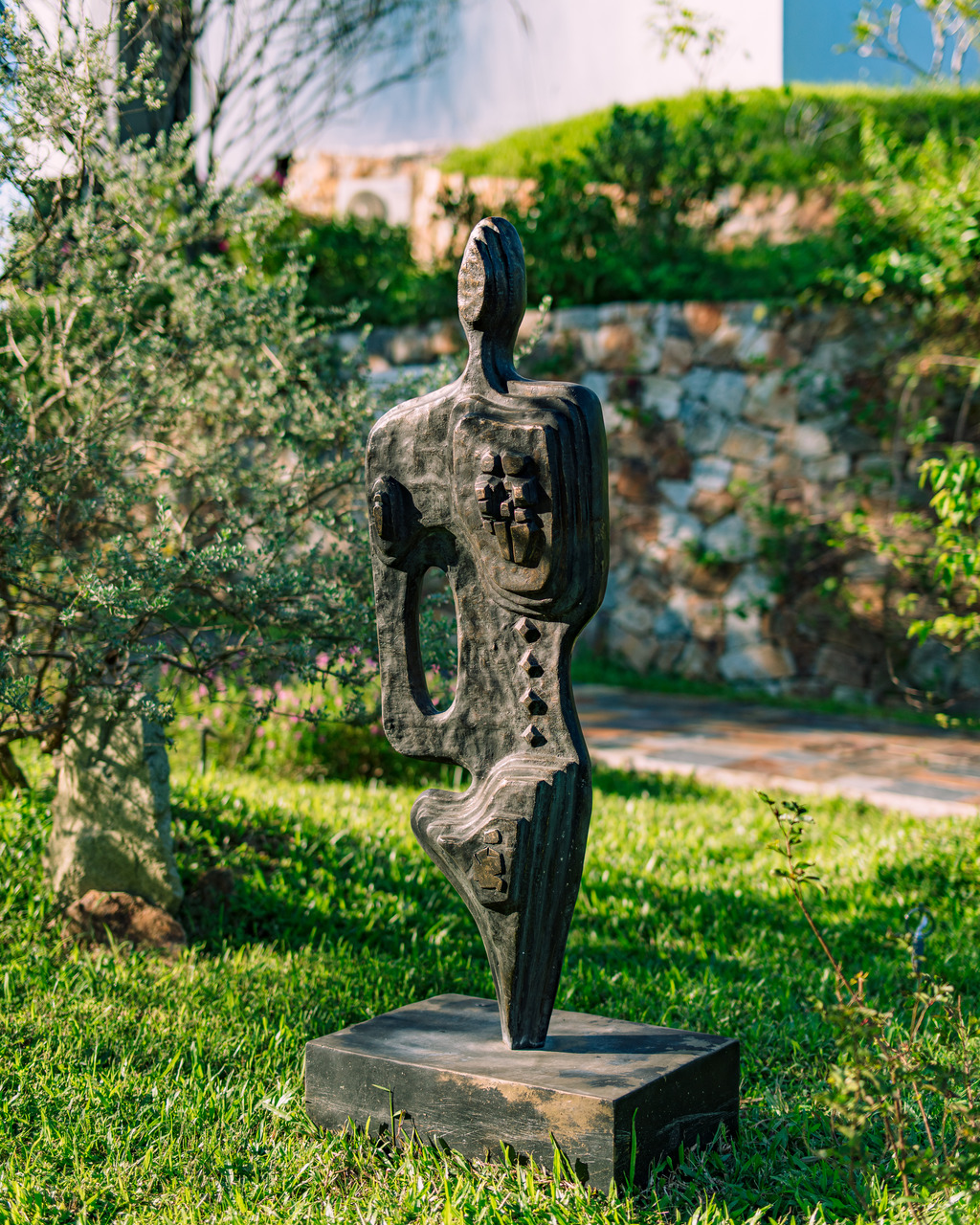
“This complex was a dream he used to speak about all the time,” Le reminisces. In the garden are pieces of art created by Hue’s local artist community in honour of Le Ba Dang. “The moment people walk through the gate, they are entering a giant piece of art,” Le says.
For decades, Hue sat eclipsed by the economic miracle of Danang and the charms of Hoi An. Now, as these better-known destinations grapple with their own popularity, Hue is poised to welcome greater numbers of visitors. “Hoi An needs to expand its products to take the pressure off the old town,” opines Doling. “The same is true for Hue, but it’s easier here because there is just so much more to discover.” With this fresh wave of ventures intent on reinstating Hue’s status as a culture capital, Doling’s sentiment is truer now than ever before.
What to eat in Hue
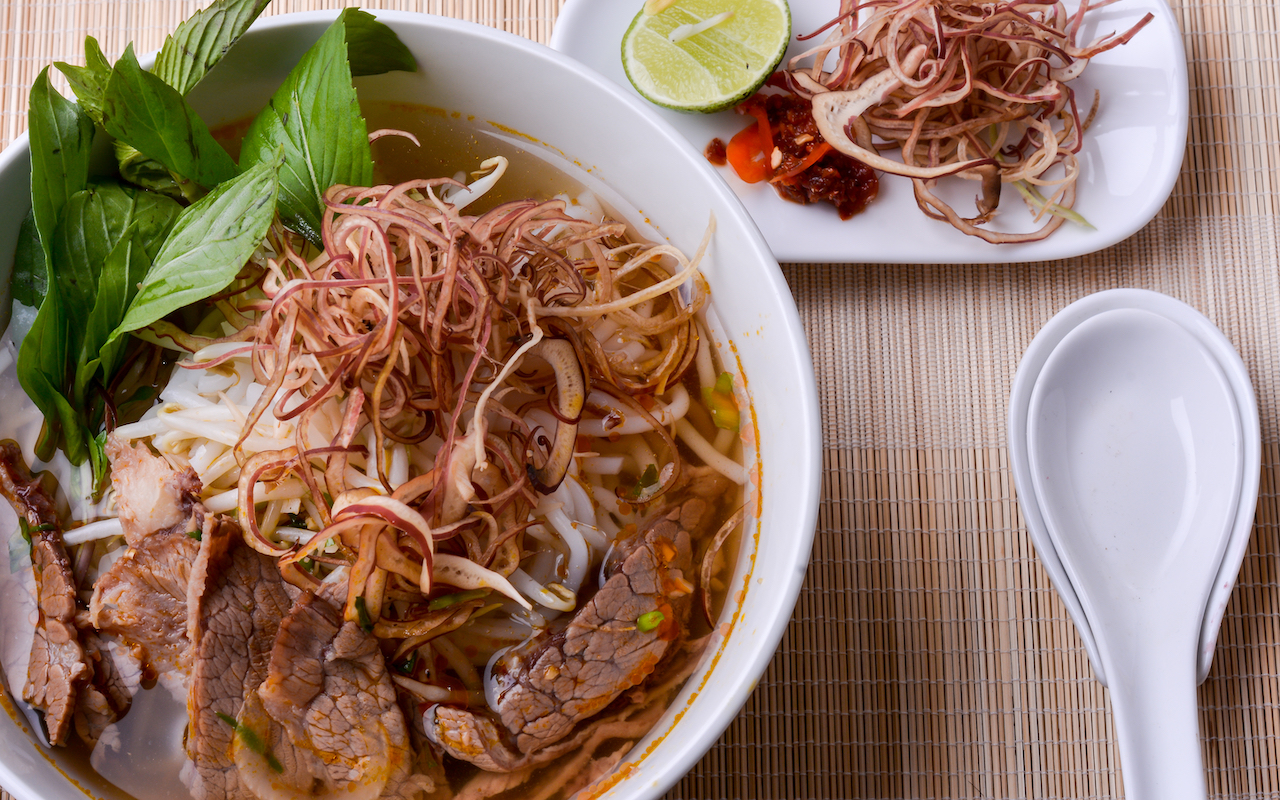
Bun bo Hue
A rich, brothy beef noodle soup with lemongrass and chilli.
Banh Hue
Bite-size savoury cakes made with rice flour, shrimp and pork.
Nha hang chay (vegan cuisine)
With a largely Buddhist population, Hue cooks up many classics in vegan form, alongside dishes such as tofu with lemongrass and stewed aubergine.
Where to stay
On the southern banks of the Perfume River stands an example of Hue’s colonial heritage: Azerai La Residence. Built in the 1920s, the 122-room hotel features a sweeping curved façade, crisp horizontal lines and circular porthole windows. Managed by Azerai since February 2018, this storied stay also boasts a large garden that extends down to the river.
SilkAir flies daily between Singapore and Danang. To book a flight to these destinations, visit singaporeair.com
SEE ALSO: Exploring Hue, home to some of Vietnam’s best dining
This article was originally published in the February 2020 issue of Silkwinds magazine
The post Why Hue in Vietnam is the place to go for your art and culture fix appeared first on SilverKris.
from SilverKris
No comments:
Post a Comment